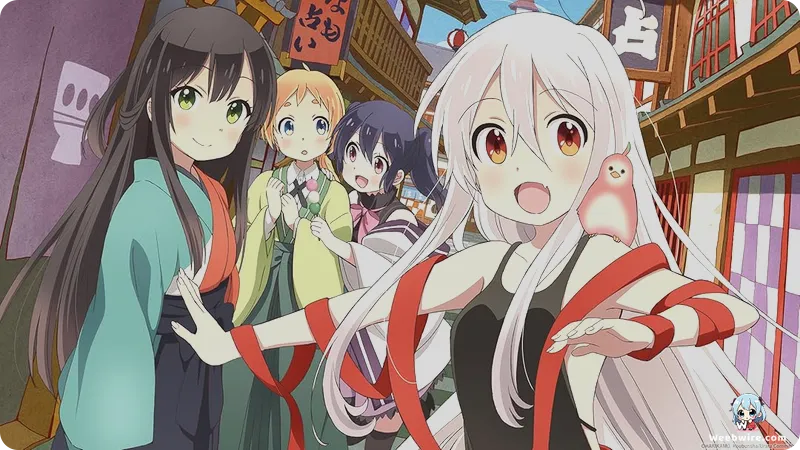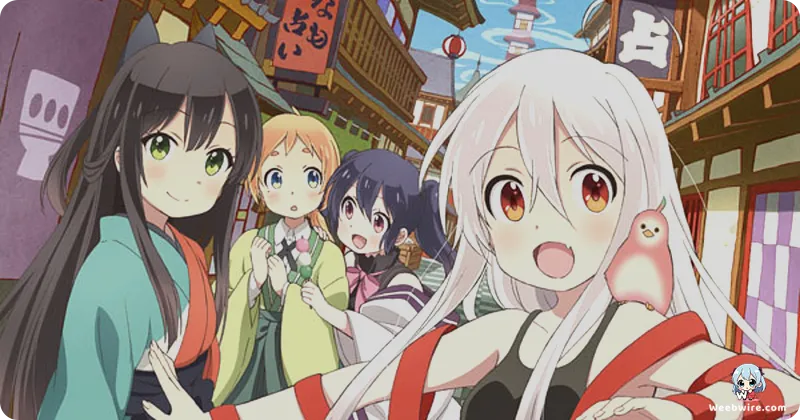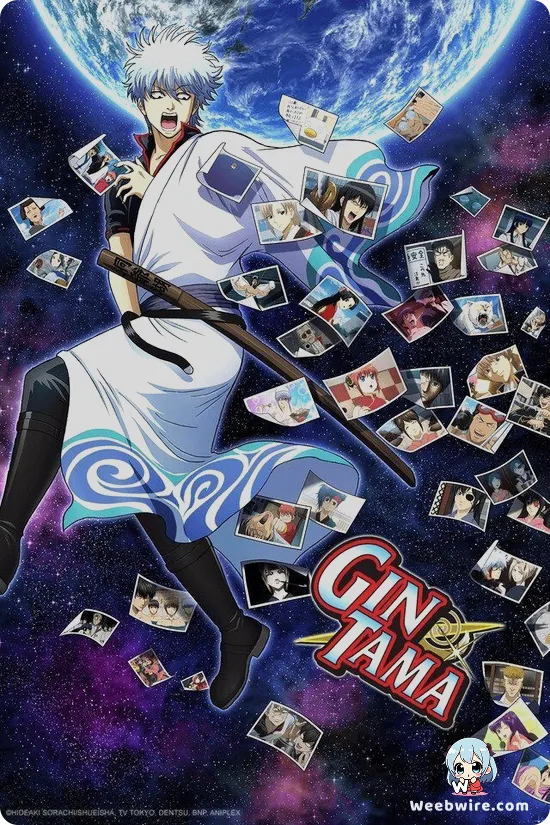Decoding Meirocho: The Fascinating Hidden Meanings Behind Urara Meirocho's Quirkiest Tropes and 4-Koma Origins

The 2017 anime adaptation of Urara Meirocho, produced by J.C.STAFF, might initially be categorized within the 'cute girls doing cute things' (CGDCT) subgenre. However, a closer examination reveals a detailed fantasy world supported by deliberate production choices and symbolic character origins. This series focuses on aspiring fortune tellers, known as Urara, navigating the paths of Meirocho.
The foundation of the series lies in the 4-koma manga by Harikamo. This four-panel format, similar to a newspaper comic strip, inherently favors rapid gags and immediate punchlines. Translating this episodic structure into 24-minute anime episodes requiring sustained emotional arcs presented a significant challenge for J.C.STAFF. The studio successfully addressed this by grouping related vignettes and enhancing character interactions, resulting in a segmented, relaxing, and highly digestible viewing experience that consistently incorporates details about the craft of divination.
The setting itself carries significant thematic weight. The town of Meirocho (迷路町) is named literally as "Labyrinth Town" or "Maze Town." This nomenclature is highly symbolic, reflecting the core of the Urara profession: navigating the unknown and traversing the complex, non-linear routes of destiny. The town's architecture, featuring winding streets, hidden sanctuaries, and intricate pathways, reinforces this theme, suggesting that achieving the elite Nisen-ban rank demands careful navigation through life's mental maze. The isolation of the town further emphasizes the specialized and sacred nature of this divinatory sanctuary.

Among the character details, the protagonist Chiya exhibits the most memorable eccentricities. Raised in the mountains, far removed from conventional civilization, her upbringing drives much of the show's comedic elements.
Her most notable quirk involves lifting her top to expose her midriff when attempting to apologize or show sincere respect. This behavior is her genuine, albeit socially confusing, attempt at profound expression taught in the wilderness. This surprising trait underscores the series' exploration of the cultural collision between primal innocence and structured etiquette. Furthermore, Chiya's signature vocalization, the endearing, cat-like sound "Anya~," quickly captivated the audience. This tic, used to express surprise, affection, or excitement, organically reinforces her connection to nature and her slightly feral, yet overwhelmingly innocent, persona. The viral appeal of "Anya" solidified Chiya's status during the 2017 winter anime season.
J.C.STAFF's adaptation excellence is also evident in their use of vibrant, pastel color palettes and warm lighting, which perfectly complement the cozy fantasy tone. Crucially, the studio treated fortune-telling methods not merely as plot devices. Through close collaboration, they ensured that visual representations of tea leaf reading, crystal gazing, and charts were depicted with high fidelity and flair. This dedication elevated the simple comedy into a fully realized fantasy realm where magic and prediction feel tangible and important.
Ultimately, the lasting success of Urara Meirocho is rooted in this commitment to its foundational elements: transforming the structural limitations of the 4-koma format into a strength, leveraging the symbolic depth of Meirocho, and grounding Chiya's most memorable traits in surprising narrative origins.
Credits
Urara Meirocho
Author
Harikamo
Cover Art
Harikamo
Studio
J.C.STAFF
Publisher
Houbunsha
Producers





